Makita BO5041 5″ Random Orbital Sander Review
- May 13, 2024
- 0 comment
If you’re into woodworking or DIY projects like me, you know the struggle: tools that promise big but deliver little. It’s frustrating, right? This weekend, as I was up to my elbows in sawdust and halfway through a project list a mile long, I realized it was time to pause and talk about a real game changer in my toolkit—the Makita BO5041 5″ Random Orbital Sander.
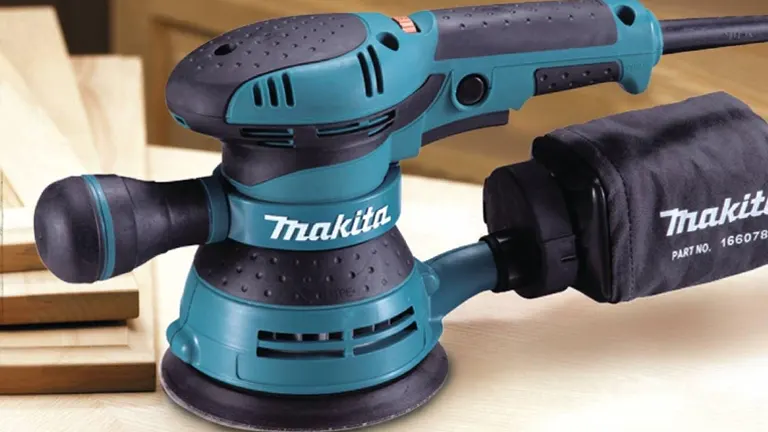
This sander hasn’t just met my expectations; it’s become the MVP when it comes to tackling tough jobs with precision and ease.
Specifications of Makita BO5041
- Model: Makita BO5041
- Type: Orbital Sander
- Motor: 3.0 AMP
- Voltage: 110 Volts
- Speed Range: 4,000 to 12,000 OPM
- Pad Diameter: 5 inches
- Cord Length: 6 feet
- Size: 10.8″L x 4.8″W x 6″H
- Weight: 3.09 lbs
First Impressions and Build Quality
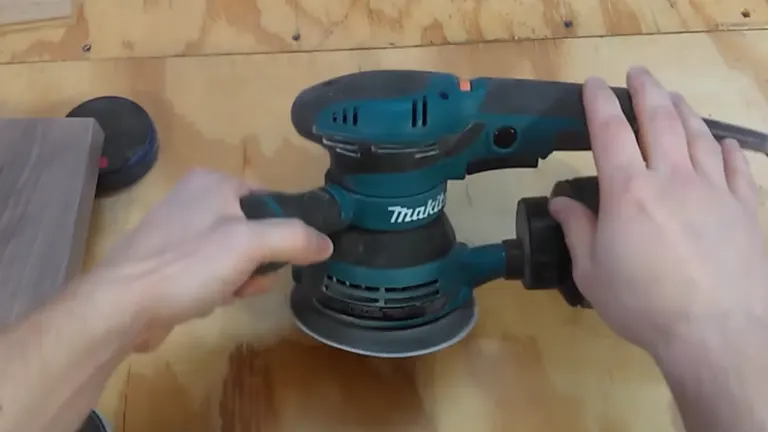
From the moment you pick up the Makita BO5041, its solid construction is evident. Weighing in with a sturdy yet manageable build, it’s designed for comfort and efficiency. The sander features a 3.0 AMP motor that’s both smooth and powerful, capable of variable speeds ranging from 4,000 to 12,000 OPM. This adaptability allows it to handle everything from rough edges to fine finishes without breaking a sweat.
Unique Handling Features
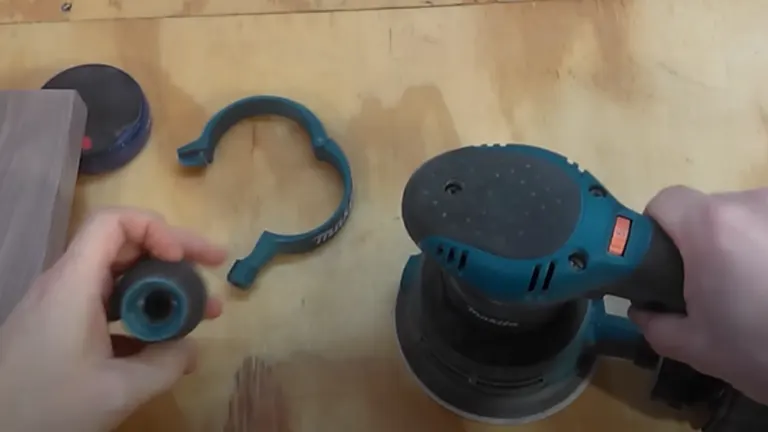
What sets the BO5041 apart is its ergonomic design. The sander is equipped with a front handle that’s not only adjustable but also fully removable, catering to both confined spaces and comfort. This auxiliary handle enhances stability and control, which is a boon during extended sanding sessions. The ability to adjust or remove the handle allows for a custom fit that meets the demands of any project, be it large or small.
Performance on the Job
Over the past year, this sander has become my go-to tool for projects that require substantial sanding. The Makita BO5041 is equipped with a variable speed dial that ranges from 4,000 to 12,000 OPM, making it incredibly adaptable for various materials and applications. For woodworking, I generally maximize the speed, leveraging the full power for efficient material removal. However, when working with heat-sensitive materials, I dial back the speed to prevent scorching or melting, which showcases the sander’s versatility.
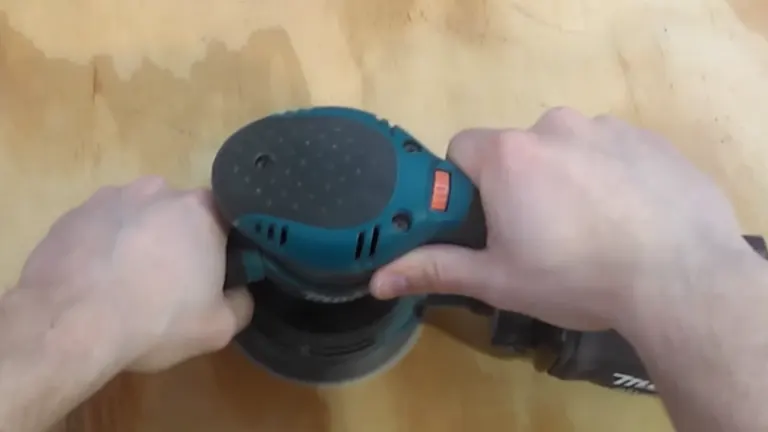
The dual-handle setup, allowing for an upper or auxiliary grip, provides added versatility and ease of use. This feature significantly reduces fatigue, enabling longer periods of comfortable use without compromising control. The vibration control is notably effective; while lower speeds typically induce more noticeable vibration due to greater displacement, the design of the Makita BO5041 minimizes this discomfort. Even at lower speeds, where displacement causes more pronounced vibration, the sander maintains a balance, preventing the vibrations from becoming too intense and thus ensuring comfort without sacrificing performance.
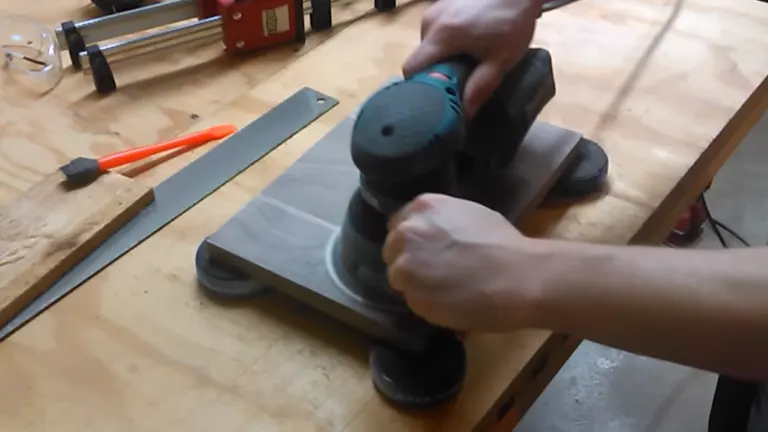
Whether it’s aggressively removing old paint or delicately smoothing out a walnut cutting board for finishing, the BO5041 handles each task with admirable finesse. Its ability to adapt speed as needed allows for precise control over the sanding process, reflecting its design’s thoughtful consideration of both power and user comfort.
Dust Collection System
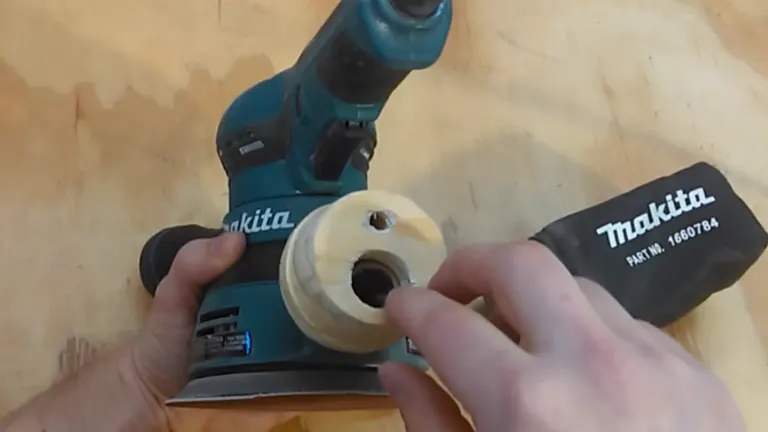
The sander comes with a 7/8-inch outer diameter dust port. I’ve opted to create my own adapter to connect it to a shop vac instead of purchasing one. This DIY solution is efficient, simple to make, and helps in maintaining a clean workspace by enhancing dust extraction capabilities. The design of the dust collection system effectively captures sawdust, although it occasionally requires clearing the dust bag to prevent clogging.
Power Cord and Utility

The tool is equipped with a six-foot power cord, adequate for workbench tasks close to a power outlet. For projects requiring more mobility, an extension cord may be necessary. The cord is robust and handles the sander’s 3-amp draw without issue.
Pricing and Value
At a price point of $128.95 for the tool alone, and options starting from $140.69 with a case, the Makita BO5041 is positioned as a mid-range sander. It offers professional-grade features without the hefty price tag of high-end models. For its robust build, versatile settings, and reliable performance, the price is justified, making it a solid investment for both novices and seasoned woodworkers.
Comparative Analysis: Makita BO5041 vs. DeWalt DWE6423K vs. Bosch ROS20VSC
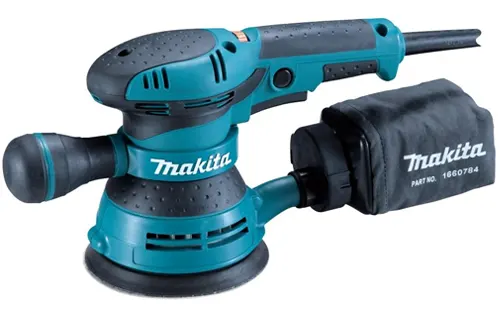 | 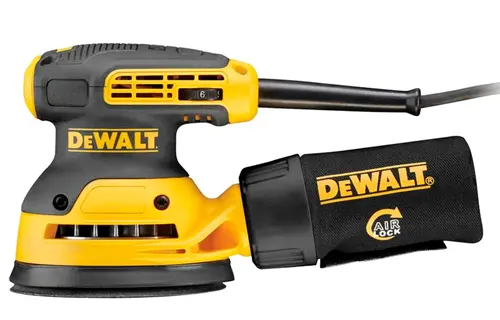 | 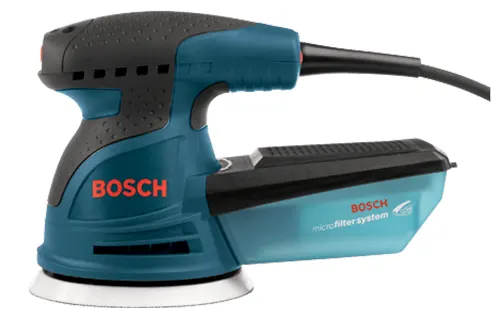 | |
|---|---|---|---|
| Price | $128.95 | $79.00 | $69.00 |
| Power | 3.0 AMP | 3.0 AMP | 2.5 AMP |
| Speed (OPM) | 4,000 – 12,000 | 8,000 – 12,000 | 7,500 – 12,000 |
| Ergonomic Design | Adjustable front handle | Shorter height | Twist-off dust canister |
| Dust Collection | Efficient | One-handed locking bag | Microfilter system |
| User Comfort | High (adjustable grip) | Good | Good |
| Best For | Extended use & comfort | Close surface work | Fine dust collection |
In this comparison:
- Makita BO5041: Stands out for its powerful motor and versatile speed settings, making it ideal for a range of tasks from rough sanding to fine finishing. Its adjustable handle enhances user comfort during extended use, which is a significant advantage for those who work for longer periods.
- DeWalt DWE6423K: Offers great value with a strong motor and efficient dust collection. It’s particularly suited for tasks that require users to be closer to the work surface due to its shorter height. While it lacks the adjustable handle of the Makita, it is easier to handle for quick jobs.
- Bosch ROS20VSC: Excels in dust collection with its innovative microfilter system, making it an excellent choice for those concerned with maintaining a clean work environment. Though slightly less powerful, it’s the most budget-friendly option and still provides adequate performance for most standard sanding tasks.
This comparison illustrates that each model has its strengths, catering to different preferences and needs. The Makita BO5041, with its higher price tag, offers the best ergonomic features and power for heavy-duty and prolonged use. In contrast, the Bosch provides exceptional value with excellent dust management, while the DeWalt balances between performance and price for everyday tasks.
Maintenance Tips for Makita BO5041 Random Orbital Sander
- Regular Cleaning: Make it a routine to clean your sander after every use. Utilize a soft brush or compressed air to remove debris and sawdust from the ventilation slots, which is crucial for preventing overheating and maintaining optimal airflow. Additionally, ensure that the air vents are free of dust accumulation; this is essential to avoid motor overheating, which can be effectively managed with compressed air.
- Sanding Pad Maintenance: Regular inspection of the sanding pad is necessary to check for wear or damage, such as tears or detachment from the backing pad, which can affect sanding efficiency and the quality of your work. When the pad shows significant wear, it should be replaced. To change the pad, remove the fastening bolt at the center of the pad using an Allen key or screwdriver, replace the pad with a new one, and securely fasten the bolt back in place.
- Dust Collection System Care: To maintain the efficiency of your sander, regularly empty the dust bag if your model uses one. This practice not only enhances the sander’s performance but also reduces the strain on its motor. If your sander includes a filter in the dust collection system, follow the manufacturer’s instructions to clean or replace the filter as needed when it becomes visibly worn or damaged.
- Lubrication: Although many modern sanders are designed to be maintenance-free, it’s essential to check your user manual to determine if any components require lubrication. Apply the recommended lubricants sparingly to necessary parts to avoid attracting dust and debris, which can hinder the sander’s performance.
- Electrical and Battery Care (for cordless models): For cordless models, it is important to charge the batteries as specified by the manufacturer. Avoid overcharging the batteries and store them in a cool, dry place to maximize their lifespan. For corded models, regularly inspect the power cord for any signs of wear such as frays, cuts, or nicks, and ensure that the plug is intact. Replace the cord immediately if any damage is found to avoid potential safety hazards.
- Storage: When not in use, store your sander in a clean, dry place to protect it from the elements and avoid places with extreme temperature changes. These conditions can cause the materials in the sander to expand and contract, leading to premature wear. If possible, cover the sander with a protective cover or store it in its original case to keep it free from dust and debris.
Final Thoughts
The Makita BO5041 5″ Random Orbital Sander is not just a tool; it’s a reliable partner for any sanding task. With its variable speed, ergonomic design, and effective dust collection, it stands out in a crowded market of orbital sanders. Whether you’re a professional looking for a dependable sander or a hobbyist eager to upgrade your tool collection, the BO5041 is definitely worth considering. If you spot it on sale, don’t hesitate—it’s a worthy addition to any workshop.
FAQs
- How do I adjust the speed on the Makita BO5041 sander?
To adjust the speed on the Makita BO5041, locate the variable speed control dial marked with numbers from 1 to 5. Turn the dial to the desired setting, with 1 being the slowest speed (4,000 OPM) and 5 the fastest (12,000 OPM), to match the sanding speed to your specific material or application. - What type of sandpaper does the Makita BO5041 use?
The Makita BO5041 uses standard 5-inch, 8-hole hook-and-loop sanding pads. These are readily available at most hardware stores and online, offering you a wide range of grits for different sanding needs. - Can the Makita BO5041 be connected to a vacuum for dust extraction?
Yes, the Makita BO5041 can be connected to a vacuum. While it comes with a dust bag for basic dust collection, for enhanced dust extraction, you can remove the bag and connect the sander to a shop vacuum with an appropriate adapter, usually available in accessory kits or from hardware stores. - What is the warranty period for the Makita BO5041, and what does it cover?
The Makita BO5041 comes with a one-year manufacturer warranty that covers defects due to faulty materials or workmanship. The warranty does not cover wear and tear from regular use, damage due to misuse, or issues from unauthorized repairs. - How do I maintain the Makita BO5041 to ensure longevity?
Maintaining your Makita BO5041 involves regular cleaning of the dust collection system, checking and replacing the sanding pads as needed, and storing the tool in a dry place. Also, periodically check the power cord and ensure the moving parts are free of obstructions and debris to keep the sander running smoothly. - Is the Makita BO5041 suitable for professional use?
Yes, the Makita BO5041 is suitable for both professional and DIY enthusiasts. Its robust design, variable speed settings, and ergonomic features make it an excellent choice for prolonged use in various sanding applications across different industries. - How do I replace the sanding pad on the Makita BO5041?
To replace the sanding pad on the Makita BO5041, first, ensure that the sander is unplugged. Remove the existing pad by loosening the fastener in the center of the pad using a suitable tool. Align the new pad with the screw hole, and securely fasten it in place.
Have you used the Makita BO5041? I’d love to hear about your experiences and any tips you might have! Drop a comment below and let’s keep the discussion going. If you found this review helpful, feel free to share it with fellow DIY enthusiasts!

Charles Hayes
Forestry AuthorI'm Charles Hayes, I bring over 15 years of specialized expertise in landscaping and woodworking, blending artistic design with sustainable environmental stewardship. My career, fueled by a profound passion for the natural world, encompasses extensive education and hands-on experience in creating harmonious, eco-friendly outdoor spaces and responsibly managing forest resources. Recognized for my professional standing, I am committed to continuous learning and certification in cutting-edge practices. My expertise is not only reflected in my work but also in my contributions to community projects, educational workshops, and collaborations with industry leaders. As an authoritative voice in my field, I strive to share knowledge and promote environmentally conscious approaches, making me a trusted resource in landscaping and forestry.

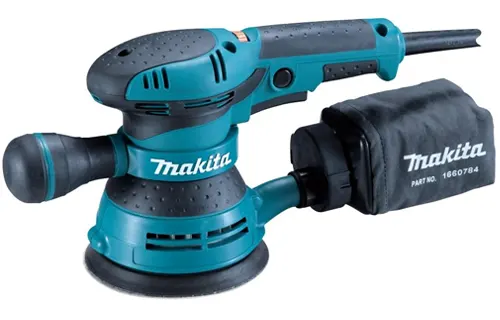
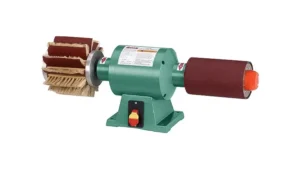
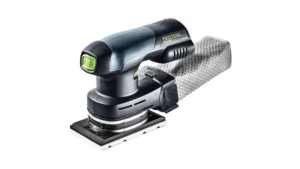

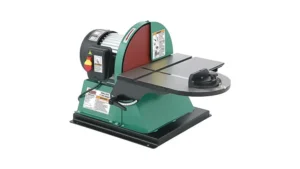
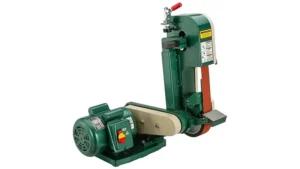
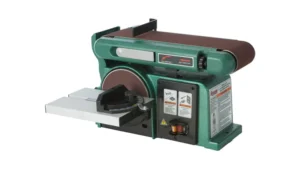

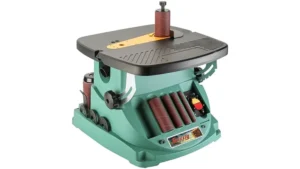

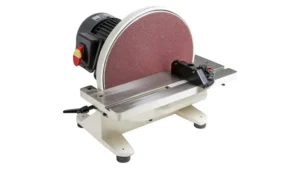


Leave your comment